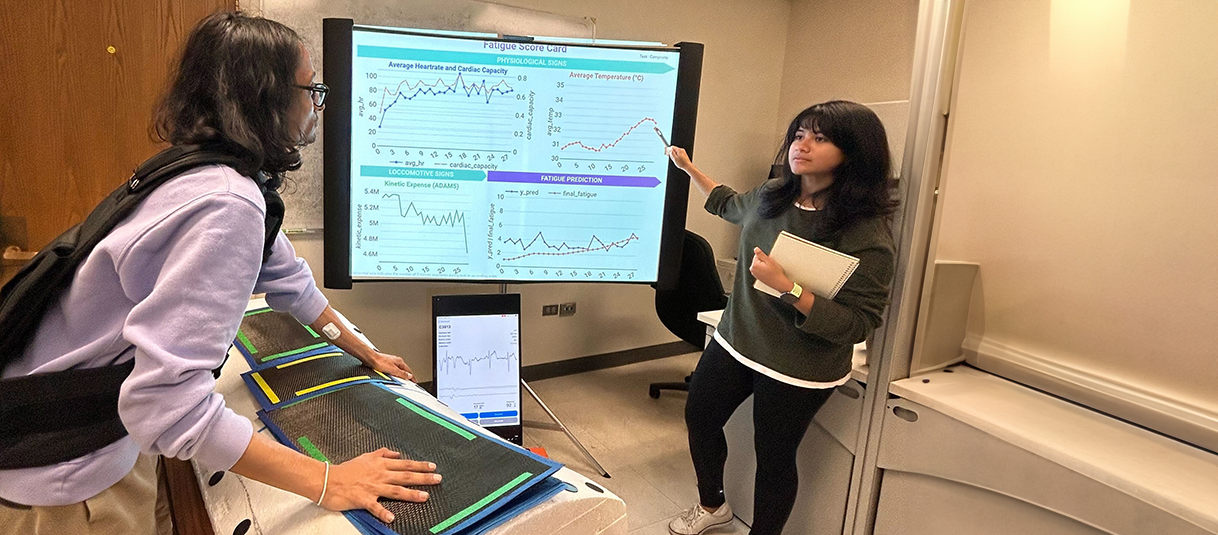Addressing Fatigue in Manufacturing: A Technological Solution
In the fast-paced world of manufacturing, worker fatigue has emerged as a critical issue that not only affects productivity but also poses significant safety risks. According to a 2018 report by the National Safety Council, a staggering 63 percent of manufacturing workers reported feeling tired at work. This fatigue is not just a personal concern; it has broader implications for the industry, with 89 percent of employers acknowledging its impact. The report highlights that 73 percent of employers have observed decreased productivity due to fatigue, while 44 percent have linked safety incidents directly to tiredness.
Understanding the Causes of Fatigue
Fatigue in the manufacturing sector can be attributed to several factors, including prolonged physical exertion, monotonous tasks, and the disruptive nature of shift work that can throw off circadian rhythms. These conditions can impair employees’ cognitive functions, leading to slowed reaction times, decreased vigilance, and compromised short-term memory and judgment. In safety-critical environments, such impairments can have dire consequences, making it essential for manufacturers to address this issue proactively.
Innovative Solutions: Wearable Technology
In response to the growing concern over worker fatigue, researchers at Northwestern Engineering, led by Ping Guo and Qi Zhu, have developed a groundbreaking wearable multimodal sensor system. This innovative technology leverages machine learning to provide near-real-time fatigue predictions on the factory floor. By equipping workers with these sensors, factory decision-makers can gain valuable insights into employee fatigue levels, enabling them to implement operational interventions, adaptive work schedules, and optimized work/rest cycles.
The Importance of Quantifying Fatigue
One of the challenges in addressing fatigue is the lack of universally recognized biomarkers or metrics to quantify it effectively. The research team aimed to create a representation of fatigue that is both informative for industrial settings and considerate of workers’ well-being, comfort, and privacy. Guo emphasizes the need for a nuanced approach, stating, “In other fields, such as sports science and knowledge work, fatigue is often oversimplified as a binary state (fatigue or non-fatigue). However, for manufacturing operators, a more nuanced approach is required.”
How the System Works
The wearable sensors, developed by Sibel Health in collaboration with the Querrey Simpson Institute for Bioelectronics (QSIB), continuously monitor vital signs such as heart rate and skin temperature, as well as locomotive signals. These sensors are designed to be soft and flexible, ensuring comfort for the wearer. The data collected is tailored to individual attributes, including age, gender, height, and weight, and is transmitted in near-real-time to a user-friendly “Fatigue Score Card” visual dashboard.
Zhu highlights the practical applicability of this system, stating, “Our system’s practical applicability enables companies to leverage this sensor framework to preemptively address worker fatigue and reduce operational losses.” This proactive approach not only enhances worker safety but also has potential applications in other sectors that involve physical motion and fatigue, such as sports and medicine.
The Future of Worker Safety
As the manufacturing industry continues to evolve, the integration of technology to monitor and manage worker fatigue represents a significant step forward. By utilizing advanced wearable sensors and machine learning algorithms, manufacturers can create a safer and more productive work environment. This innovative approach not only addresses the immediate concerns of fatigue but also sets a precedent for future advancements in occupational health and safety.
In conclusion, the development of wearable technology to monitor fatigue in manufacturing workers is a promising solution to a pervasive problem. By prioritizing worker well-being and leveraging data-driven insights, companies can enhance safety, improve productivity, and foster a healthier workplace culture. As we move forward, it is crucial for industries to embrace such innovations to ensure the safety and efficiency of their workforce.


